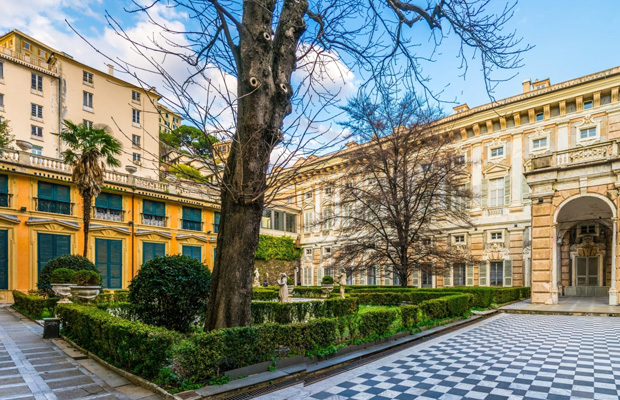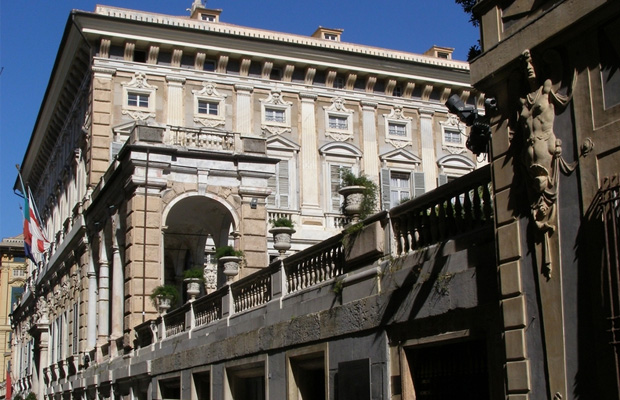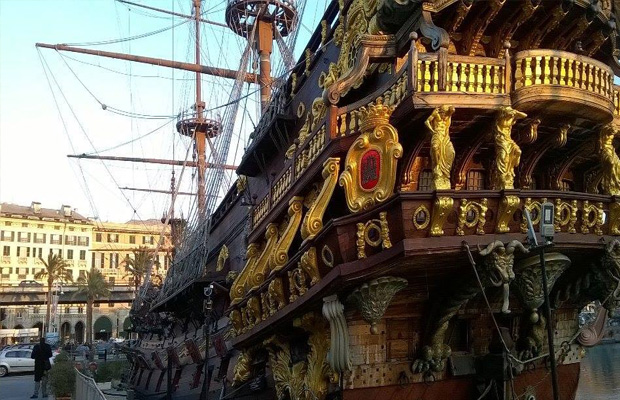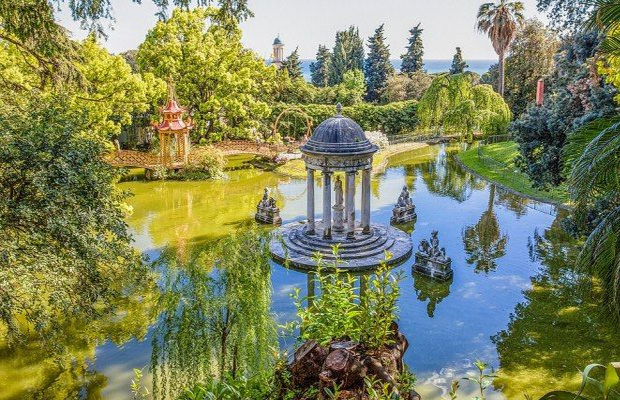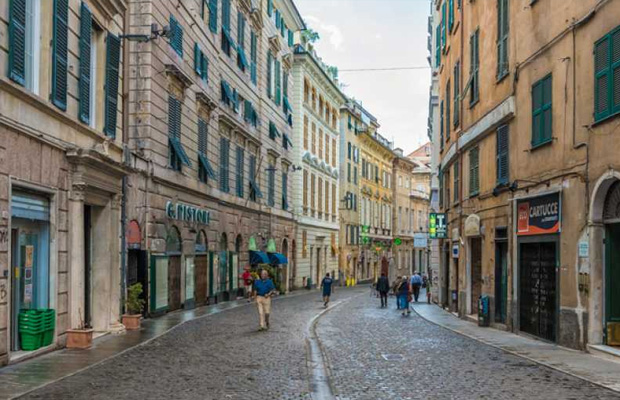Le Strade Nuove and the system of the Palazzi dei Rolli
Le Strade Nuove and the system of the Palazzi dei Rolli
Italy
Genoa
Genoa Travel Guide
Book Tour & Activities
Your tour in Genoa.
Book your stay
Your hotel in Genoa.
Overview
Genoa: Le Strade Nuove and the system of the Palazzi dei Rolli is a UNESCO World Heritage Site which includes a number of streets and palaces in the center of Genoa, in Northwestern Italy.
Genoa: Le Strade Nuove and the system of the Palazzi dei Rolli is a UNESCO World Heritage Site which includes a number of streets and palaces in the center of Genoa, in Northwestern Italy. The Strade Nuove are a group of streets built by the Genoese aristocracy during the expansion of the city at a time when the Republic of Genoa was at the height of its financial and seafaring power. These are Via Giuseppe Garibaldi and Via Balbi, later followed by Via Cairoli. The Palazzi dei Rolli are a group of palaces - most of which also date from the late 16th and early 17th centuries - which were associated to a particular system of ‘public lodging’ in private residences, whereby notable guests on State visit to the Republic were hosted in one of these palaces on behalf of the State. On 13 July 13, 2006, forty-two of the 163 palaces originally included in one the five public list called "Rolli" were selected as a World Heritage Site by the UNESCO special committee meeting in Vilnius.
History
Between the first half of the 16th century and the first half of the 17th century, the Genoese nobility started a careful town planning to transform the existing medieval city and initiate a sizeable urban expansion to the North. The move to expand the antique palaces and to build new sumptuous ones was driven by the extraordinary wealth that came into the city through prosperous financing activities towards several European powers. In particular, the Genoese aristocracy financed the expensive undertakings of the Spanish Crown, such as the mercenary army that Spain kept in Flanders from 1566 to the peace of Westphalia in 1648. The ruling class of Genoa, mixing nobility of blood with new mercantile wealth, sought to underpin their prestige by the construction of grand city palaces and suburban villas of unusual splendor.
The Rolli - or, more precisely, the Rolli degli alloggiamenti pubblici di Genova (Italian for "Lists of the public lodgings of Genoa") were official lists established in 1576 by the Genoese Senate - an aristocratic institution which took prominence as a result of the oligarchic reforms of the Prince and Admiral Andrea Doria - to determine the palaces available to the Government to ensure that the Republic of Genoa could offer appropriate lodging to the most notable guests who routinely visited the city, such as princes, kings, diplomats or religious authorities. The fact that not one single palace was chosen, but many, was a sign that the authorities of the Republic of Genoa considered the whole city as a "republican royal palace".
The Palazzi dei Rolli were subdivided on the basis of their prestige into three categories - with size, beauty and importance as main criteria for selecting whether each palace was suitable to accommodate cardinals, princes and viceroys, feudal lords, ambassadors or governors. Only three palaces ere deemed suitable to accommodate the highest dignitaries, such as Popes, Emperors, Kings and most important Cardinals and Princes: the Palazzo Doria Spinola in Salita Santa Caterina, the Palazzo Grimaldi Doria Tursi in today's via Garibaldi and the Palazzo Lercari Parodi, also in the current Via Garibaldi.
The "Rolli" or "Lists" preserved to this day were five: 1576 (including 52 palaces); 1588 (111); 1599 (150); 1614 (96); and 1664 (95). In total, there were 162 palaces included at least once in one of the these official lists.
Address: Via Garibaldi, 12r, 16124 Genova GE, Italy
Hours: Open 24 hours
Province: Metropolitan City of Genoa
Phone: +39 010 557 2903
Function: Palace
Video Travel Inspiration
See Le Strade Nuove and the system of the Palazzi dei Rolli on Map
Most Popular Cities

Siem Reap
Cambodia
Ho Chi Minh City
Vietnam
Beijing
China
Paris
France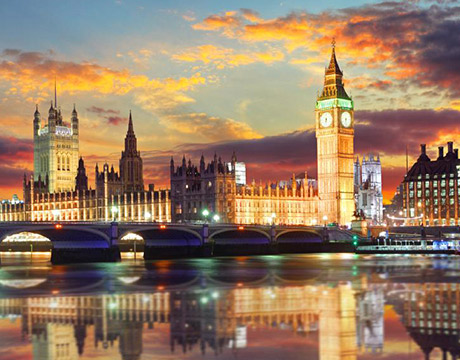
London
United Kingdom
New York
USA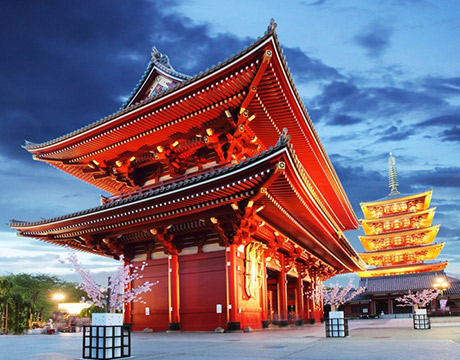
Tokyo
Japan
Bangkok
Thailand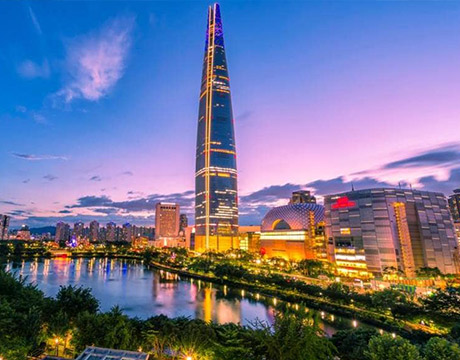
Seoul
South Korea
Vientiane
Laos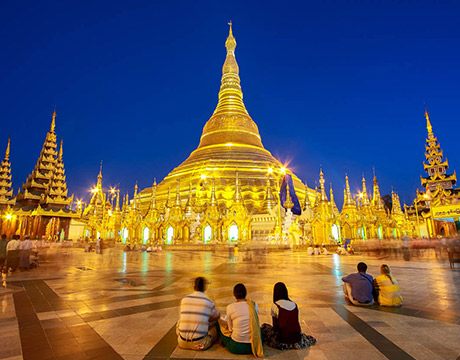
Yangon
Myanmar
Washington DC
USA
Los Angeles
USA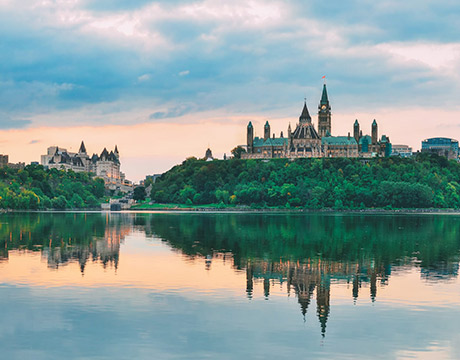
Ottawa
Canada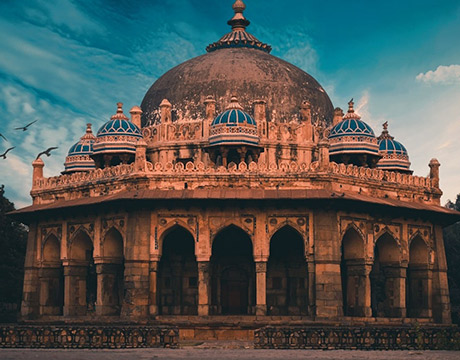
New Delhi
India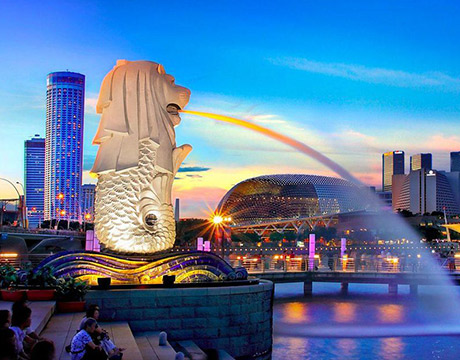
Singapore
Singapore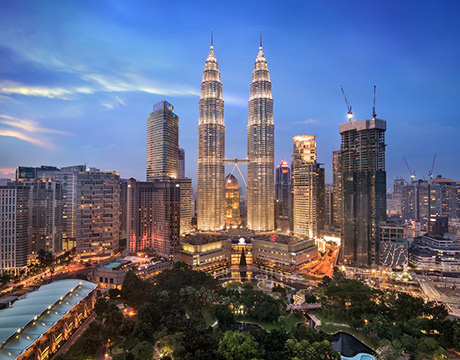
Kuala Lumpur
Malaysia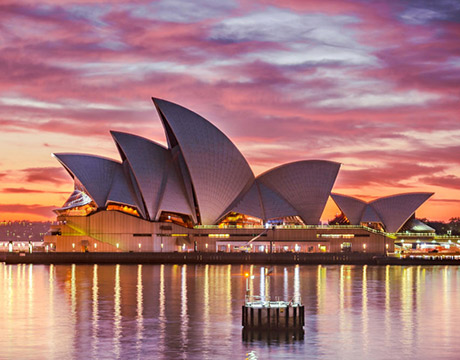
 English
English French
French Khmer
Khmer Thai
Thai Vietnamese
Vietnamese Chinese
Chinese Korean
Korean German
German Japanese
Japanese Italian
Italian Russian
Russian Spanish
Spanish Dutch
Dutch Indonesian
Indonesian Malay
Malay

